Bonded leather is often called “leather” because it contains scraps of real leather, making up about 10-20% of its total content. These leather remnants are processed into a pulp and then combined with a fiber or paper backing. After that, a layer of polyurethane is added, and the surface is embossed to resemble genuine leather.
How to Identify Bonded Leather?
When you're looking for a bonded leather product, there are several key signs that can help you identify it. Here are some characteristics to keep in mind:
1. Contains Real Leather
Bonded leather includes some genuine leather scraps, while faux leather and other leather-like materials do not. However, it usually contains only 10% to 20% real leather. If you're after a completely animal-free option, faux leather is the way to go.
2. Affordable Option
Despite having real leather components, it is generally the most budget-friendly type of leather. This is mainly because it tends to be quite thin.
3. Less Durable
Bonded leather is often adhered to a backing made of paper or another thin material, which makes it prone to cracking and peeling with even light use. If you're looking for a cost-effective leather alternative, you might want to choose faux leather instead, as it is likely to last longer.
4. Uniform Appearance
Bonded leather has a consistent look and feel that is quite different from real leather. While genuine leather displays natural imperfections, bonded leather appears uniform and feels thin and synthetic. Genuine leather, on the other hand, is soft and thicker.
5. Strong Odor
The smell of leather products can be quite telling. Genuine leather has a subtle, natural scent, while bonded leather usually emits a strong, artificial odor.
How is this Leather Made?
The process of making can vary from manufacturer to manufacturer and is often kept secret. Generally, the method resembles how paper is produced. Shredded leather scraps and fibers are mixed with bonding materials and pressed onto a backing of fiber or paper. This mixture is then dyed and given a leather-like texture through embossing. Finally, a layer of polyurethane is applied for a glossy finish.
Why Choose Bonded Leather?
Many people opt for bonded leather because it's typically less expensive than real leather. Some also consider it a more eco-friendly option since it uses leftover materials instead of requiring new farming. Plus, it is easy to clean and comes in various styles, making it appealing for a wide range of products.
How to Clean it?
Cleaning bonded leather is simple. Just wipe it with a damp cloth and then dry it with another cloth. If you spill something, clean it up right away. Avoid using detergents or harsh cleaners; instead, try using non-alkaline cleaners or mild soaps. Always test these on a small hidden area first to ensure they won’t damage the color.
Why Might Bonded Leather Be a Poor Choice?
Compared to real leather, this type of leather has a much shorter lifespan. It’s prone to cracking and peeling, and once it reaches a certain point of damage, it’s nearly impossible to repair. While it may cost less upfront, the need to replace it frequently can make it more expensive in the long run. This short lifespan also raises concerns about its environmental impact.
Repairing a Bonded leather
If your bonded leather item gets damaged, you can find repair kits that help fix small issues. To repair a damaged area, sand it down to remove any rough spots, then dye a patch or the area beneath the peeling to match the original color. Although the repair might be noticeable, it should improve the overall look.
How to Fix Scratches on Bonded Leather?
To fix scratches on bonded leather, clean the area with a white cloth. Mix a leather repair solution with a matching tint and apply it to the scratch. Cover it with leather-grained paper and gently iron with a warm iron. Avoid overheating. For minor scratches, shoe polish can work as a quick fix, but test any new products on a hidden spot first.
And if you're looking for more tips on keeping your leather items in top shape, check out our guide on how to remove wrinkles from leather jackets.
Comparing Bonded Leather to Other Types of Leather
1. Bonded Leather vs. Full Grain Leather
Full grain leather is the top layer of the hide, known for its strength and natural beauty. Unlike bonded leather, it ages well and won’t crack or peel.
2. Bonded Leather vs. Top Grain Leather
Top grain leather is the second highest quality, derived from the lower part of the top layer. It’s more durable than bonded leather and adapts to temperature changes, keeping you comfortable.
3. Bonded Leather vs. Real Leather
Real leather, or genuine leather, comes from the lower, thinner part of the hide and is more durable than bonded leather, making it a better investment.
4. Bonded Leather vs. Faux Leather
Faux leather, or pleather, is made from polyurethane and contains no animal products. It mimics the look and feel of genuine leather but does not crack like bonded leather.
5. Bonded Leather vs. Durablend
Durablend is a low-cost alternative made from a mix of polyurethane, poly/cotton, and leather shavings. It has similar issues as bonded leather, such as scratching and cracking.
6. Bonded Leather vs. Rexine
Rexine is a type of artificial leather that's been around since the 1920s. Made from cloth coated with a plastic-like substance, it’s primarily used in car interiors and is now seen as retro.
Shop Genuine Leather from Marco Enzolani
At Marco Enzolani, we offer top-quality genuine leather products that are stylish and built to last. Each piece is crafted with care, ensuring you get both elegance and durability. Upgrade your wardrobe with our beautiful leather items that make a lasting impression. Experience the best of leather with Marco Enzolani today!
Conclusion
Bonded leather isn’t very durable and can peel and crack over time, so it’s not the best choice for items you plan to use a lot or keep for a long time. However, if you're on a tight budget and don’t mind replacing things every few years, bonded leather products can work well for you.
If you decide to opt for real leather, make sure to consult our guide on how to check leather jacket quality for the best results.
FAQs
- What Does Bonded Leather Match Mean?
"Bonded leather match" refers to how manufacturers can mimic the look of real leather. However, be aware that these products can be dyed in bright and sometimes unnatural colors, which may not offer the same appeal as authentic leather shades.
- How Durable is Bonded Leather?
It isn’t very durable. Furniture made from it may start peeling and cracking within two to five years.
- What Causes this Type of Leather to Peel and Crack?
Because it is not stretchy, it can crack with use. Over time, pieces of polyurethane and leather may begin to peel away from the backing, leading to further deterioration.
- Can bonded leather get wet?
It can handle a little moisture, but it’s best to keep it dry. If it does get wet, gently blot away any excess moisture with a lint-free cloth and let it air dry. After it’s dry, apply a leather conditioner to help maintain its quality.
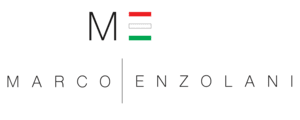

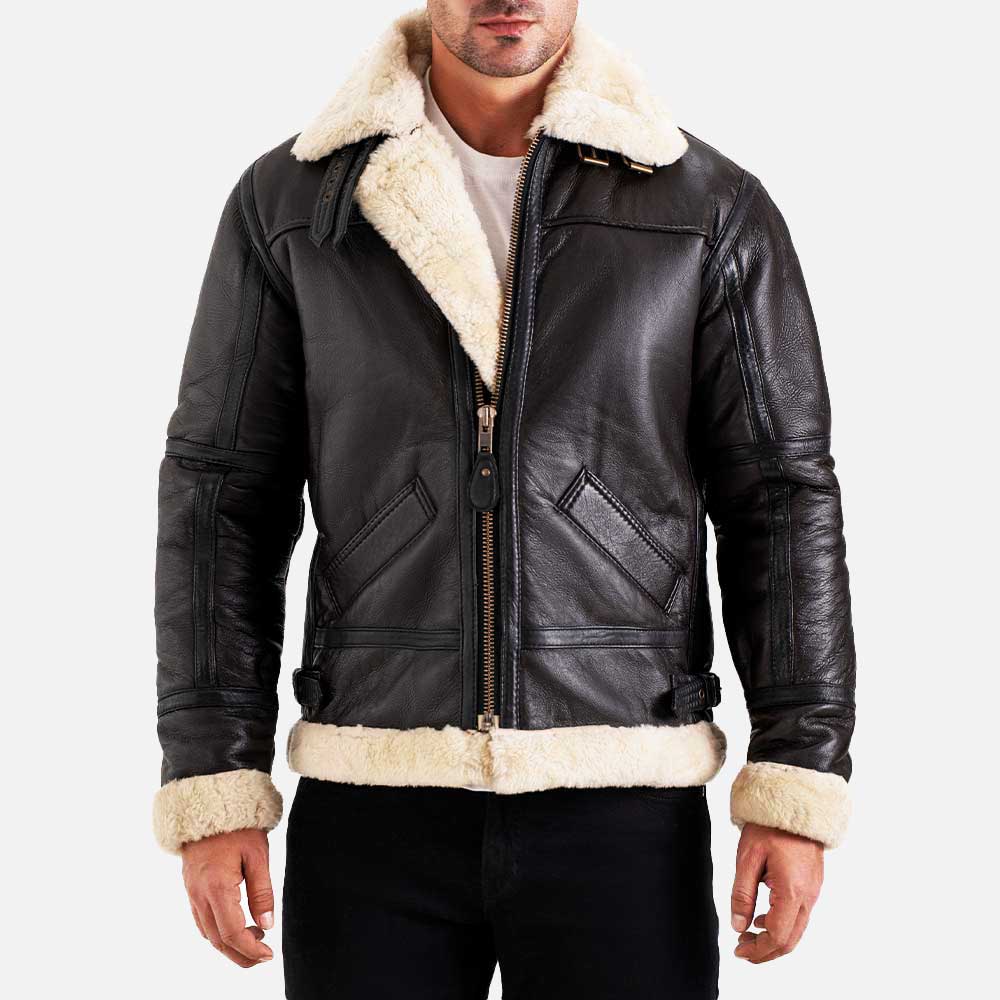
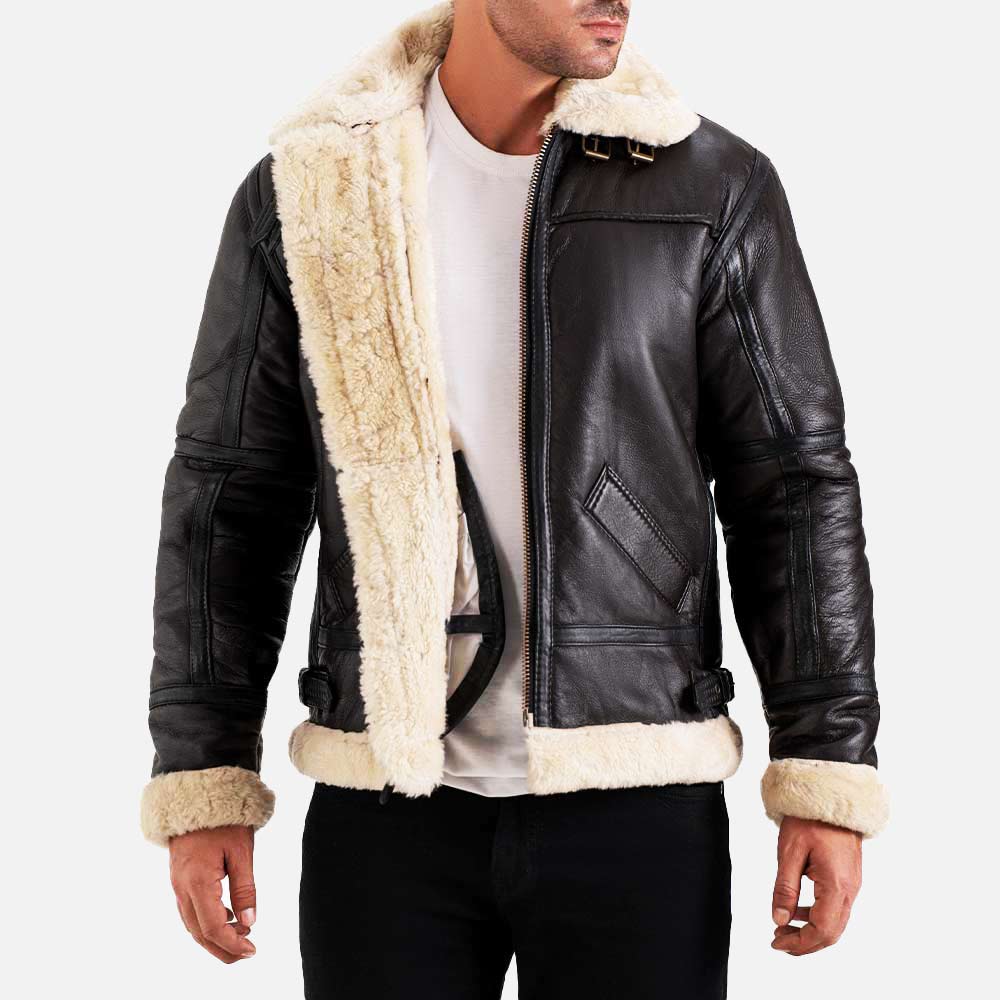
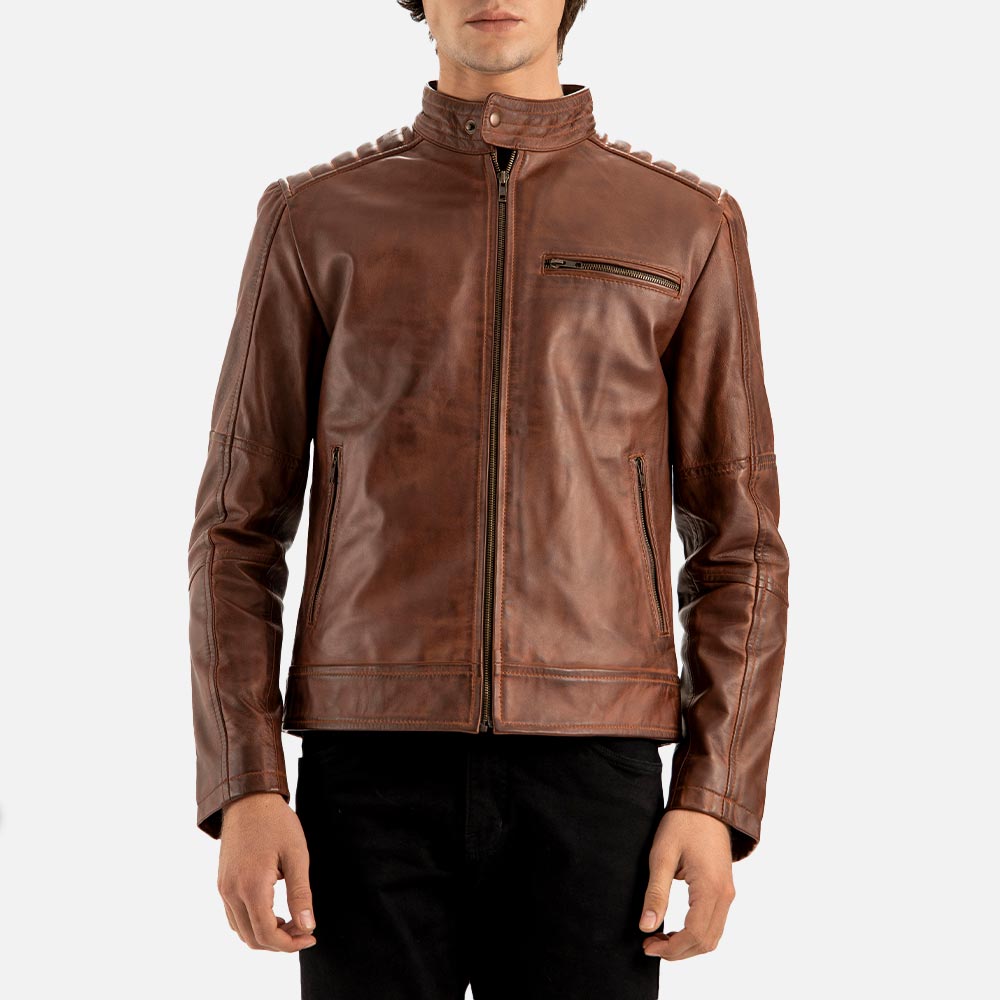
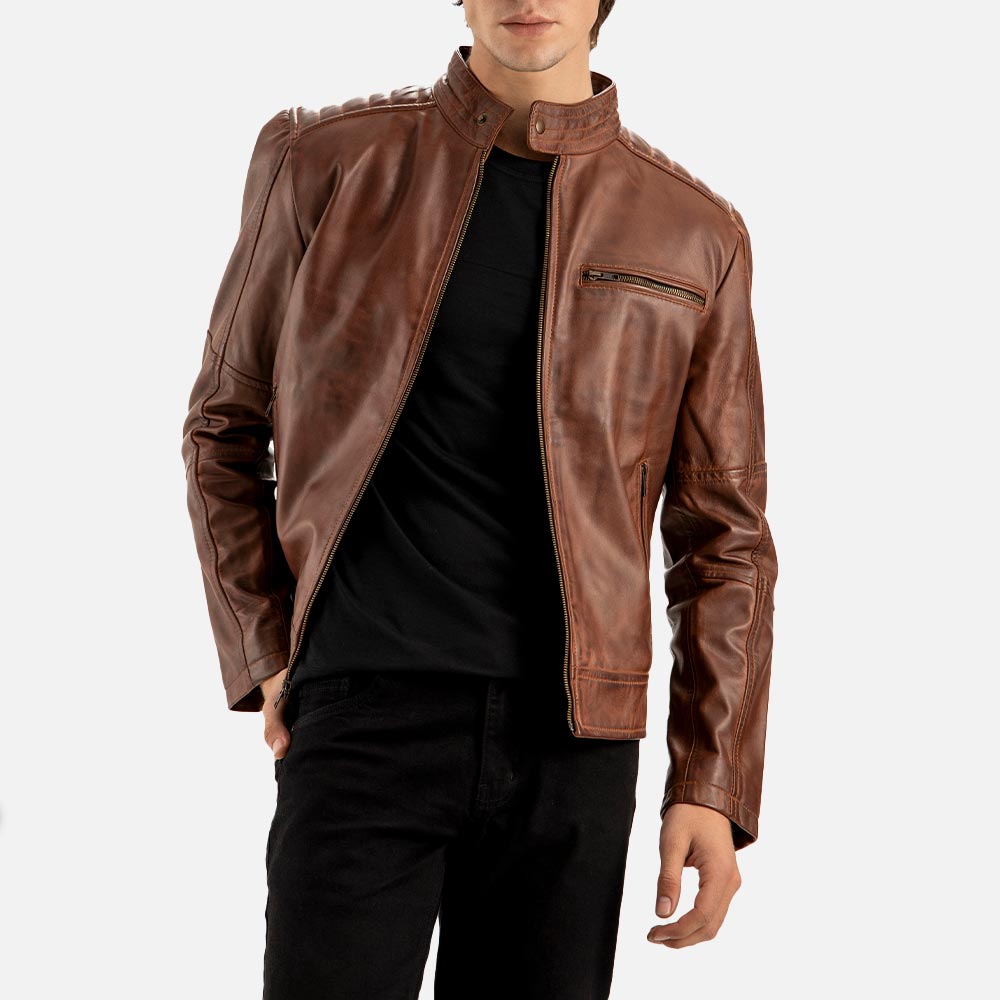
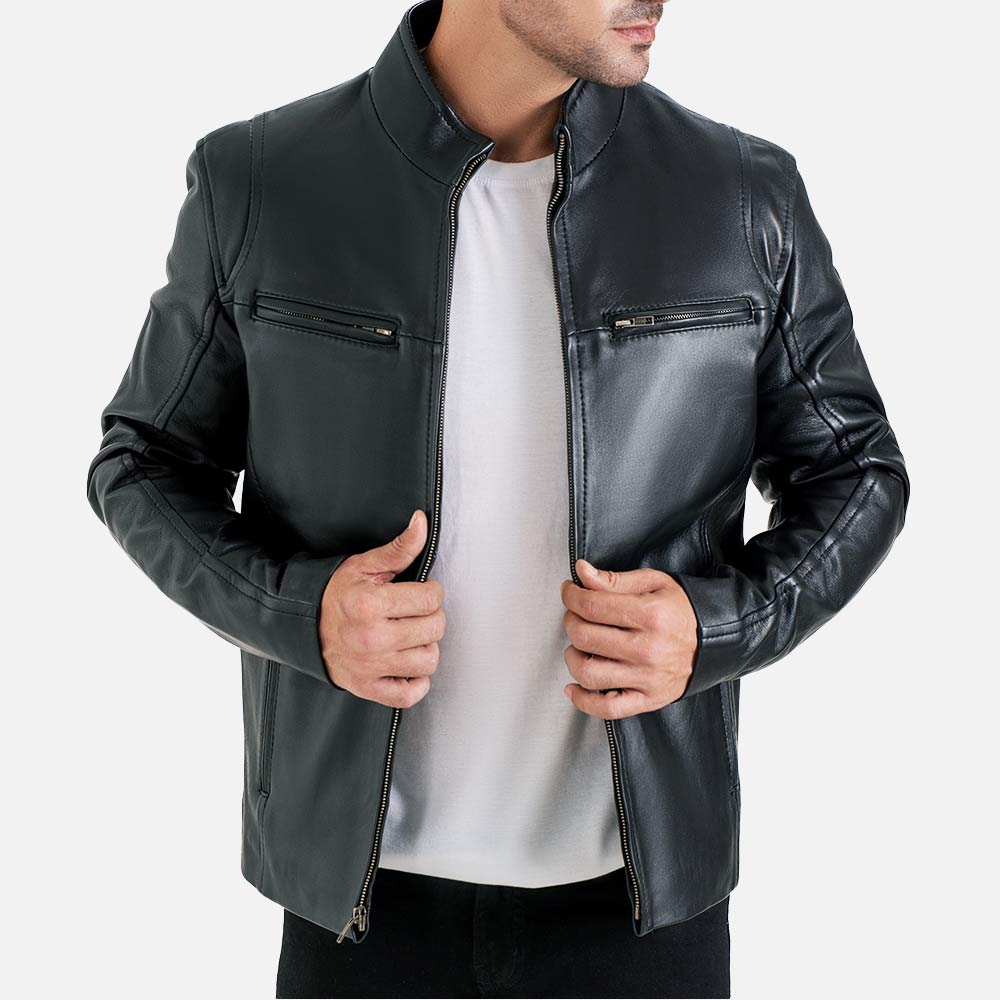
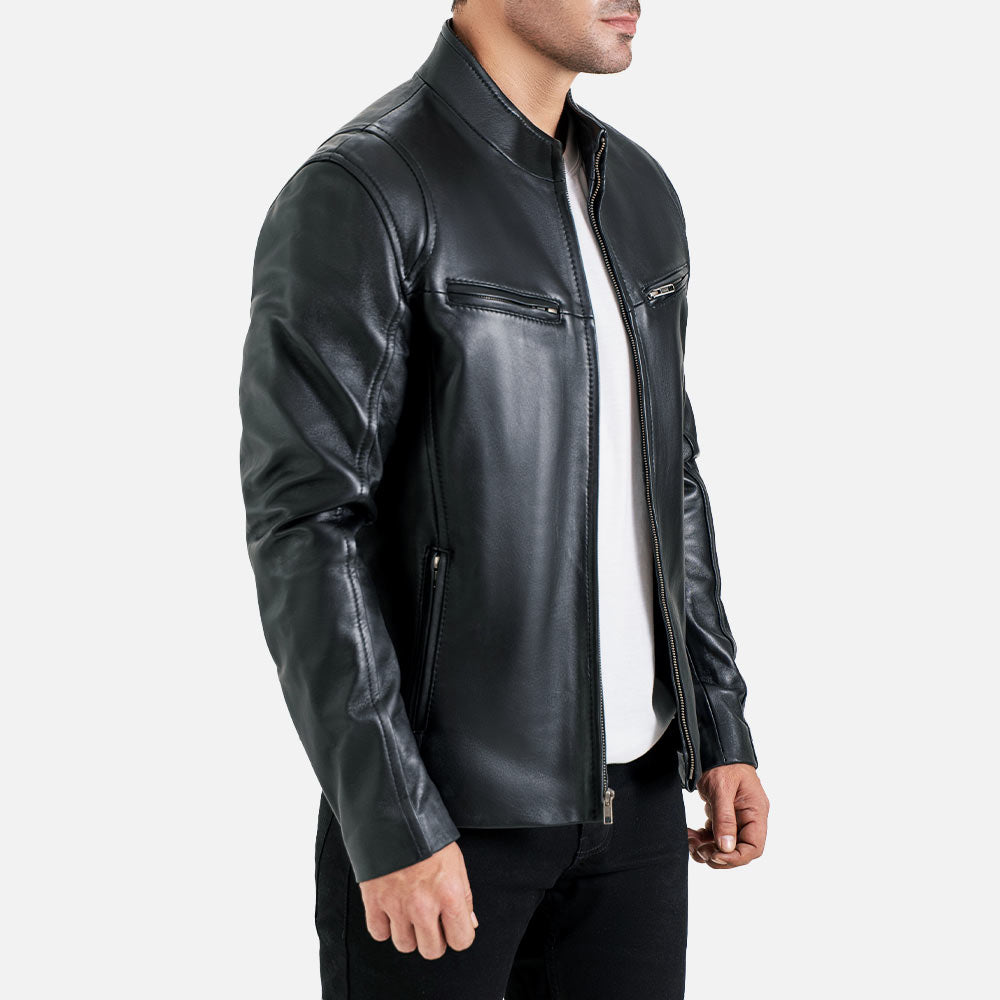
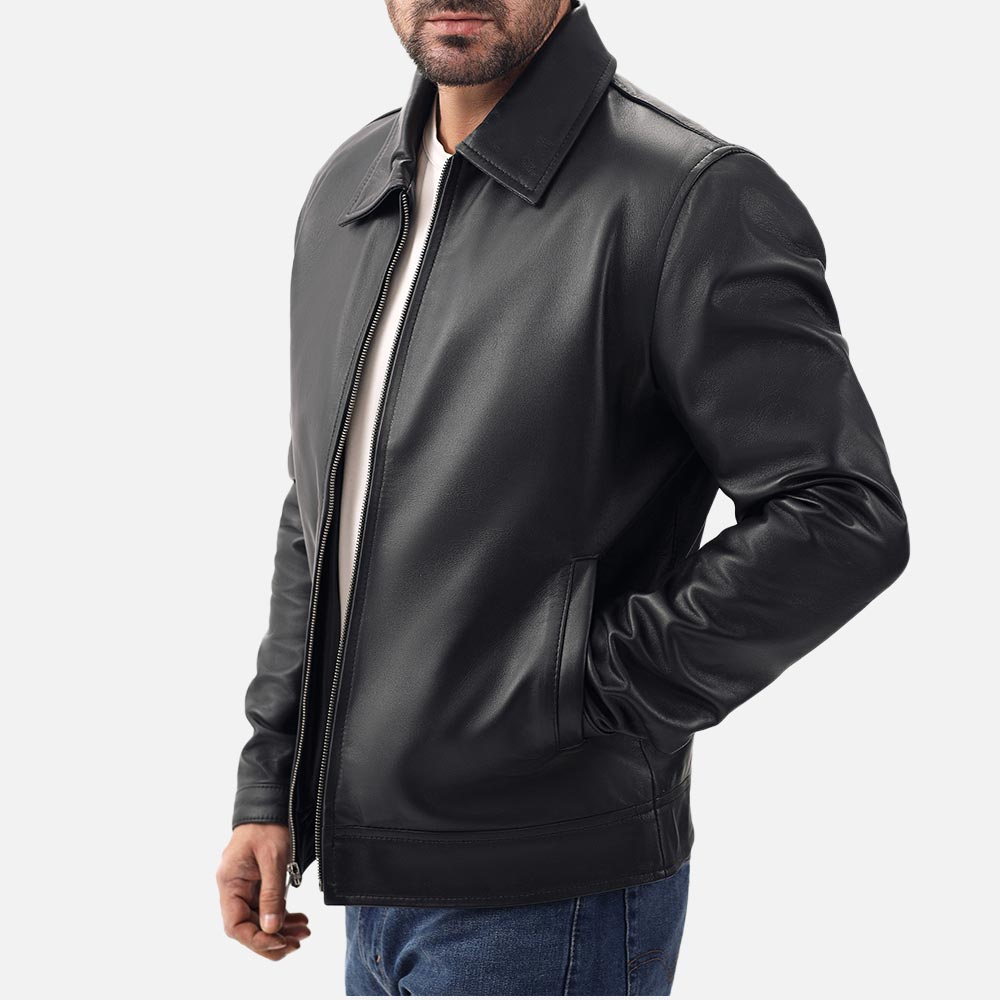
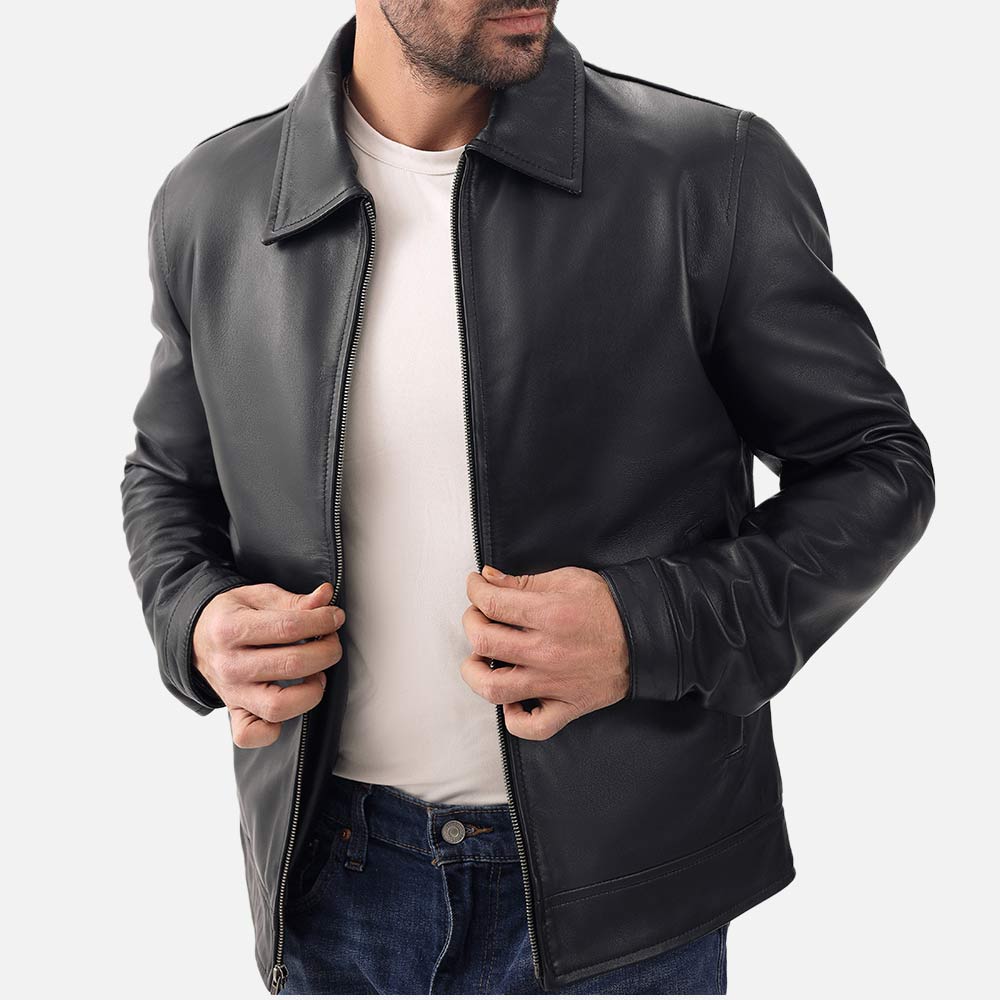
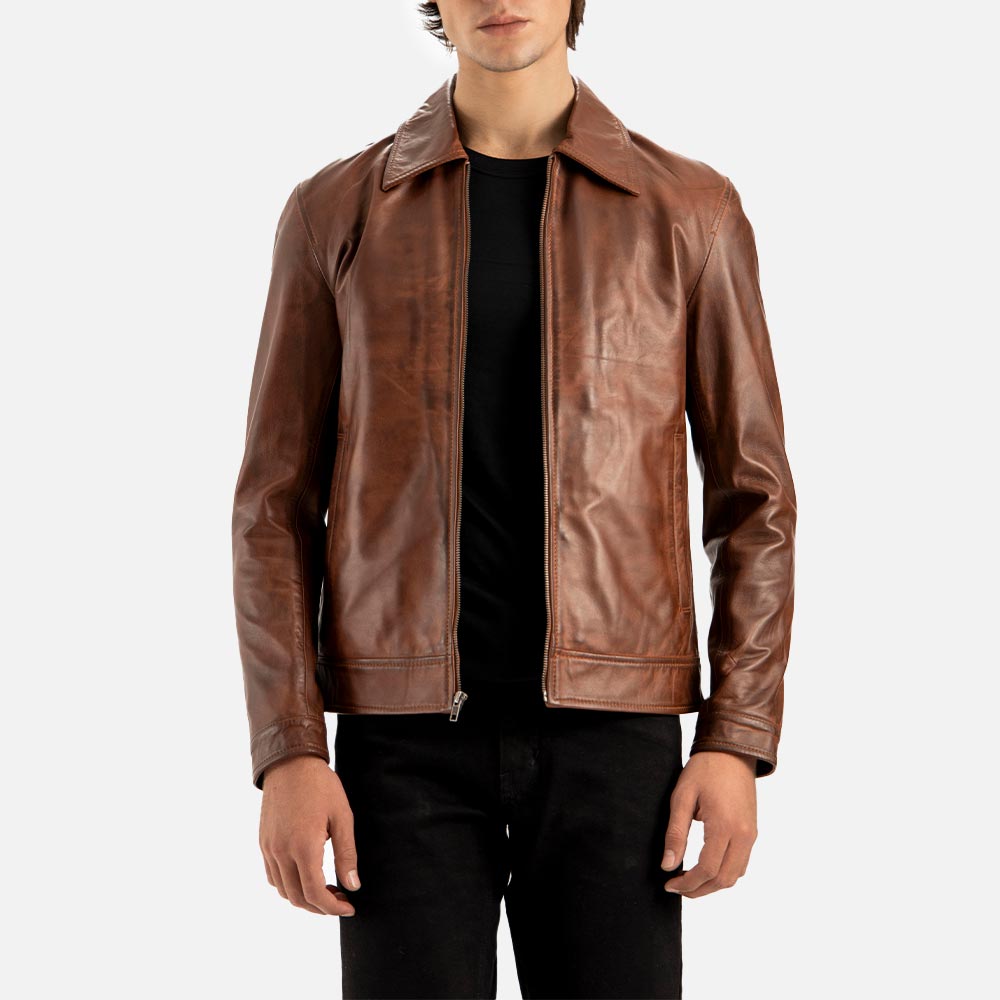
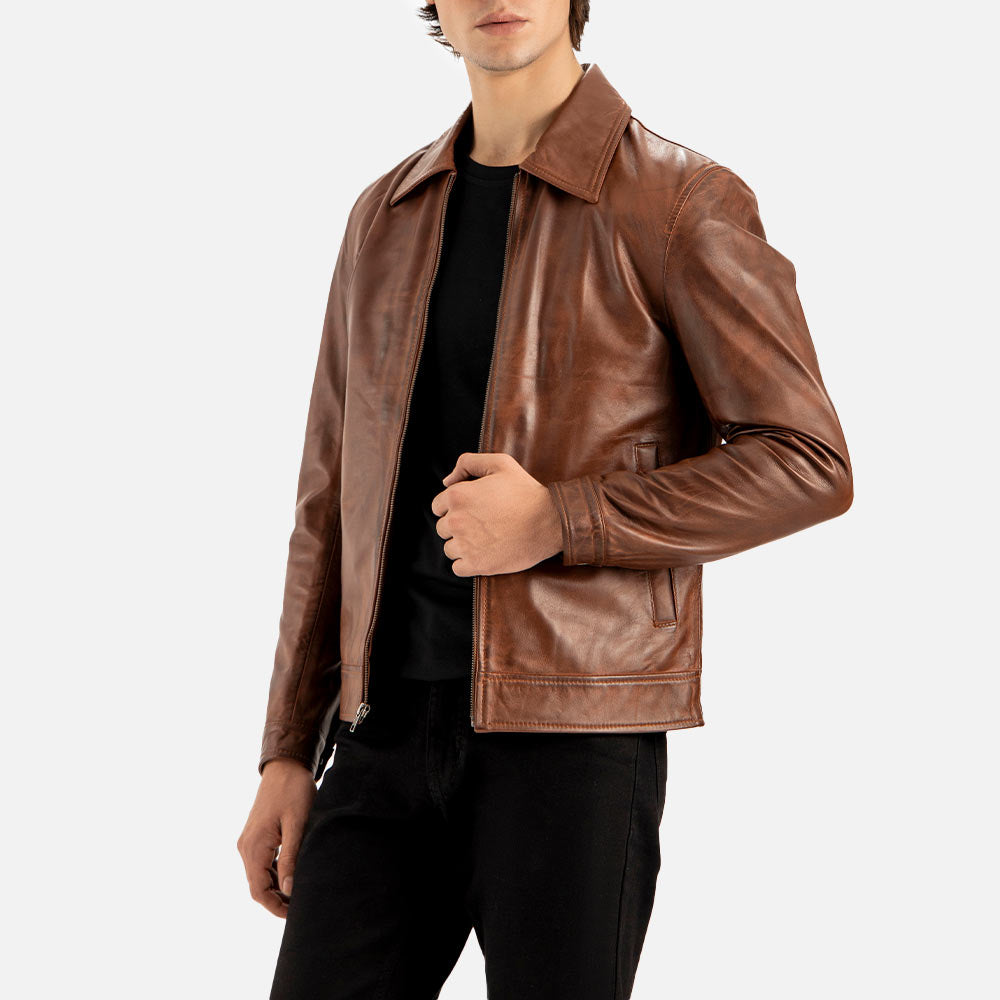
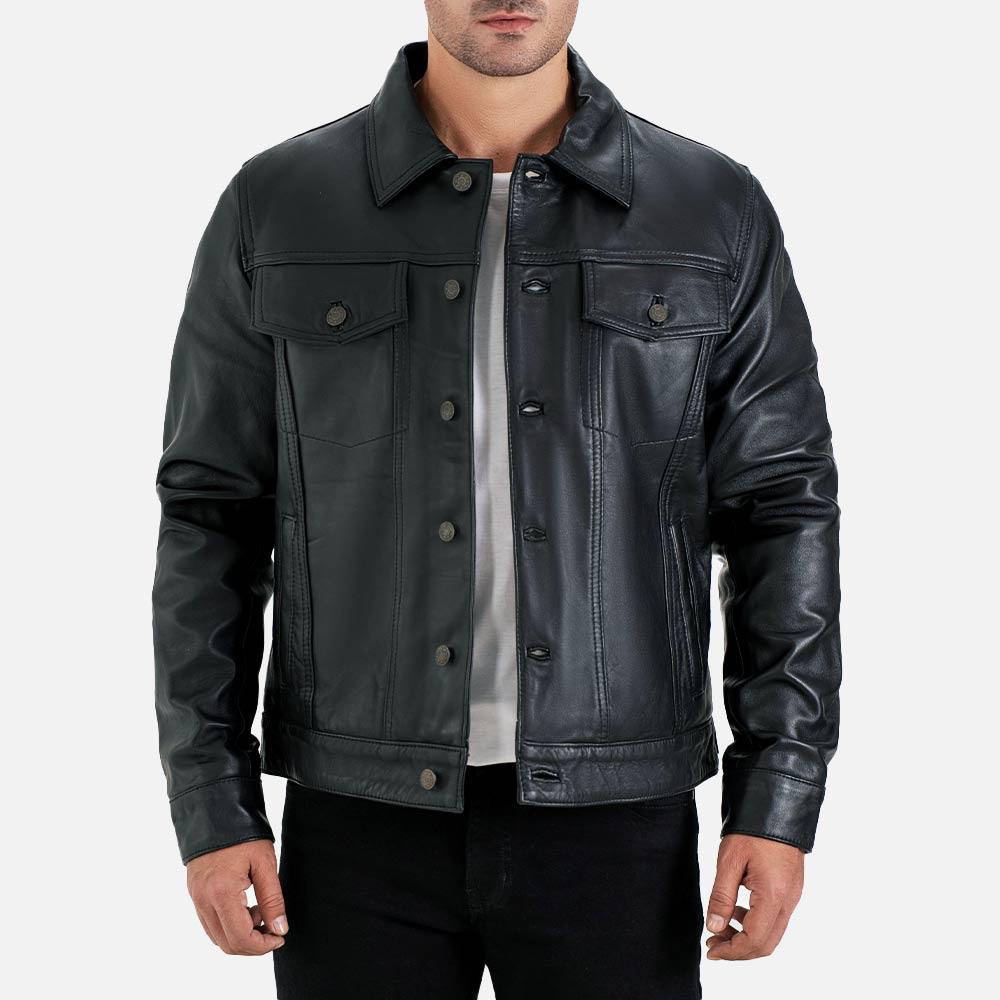
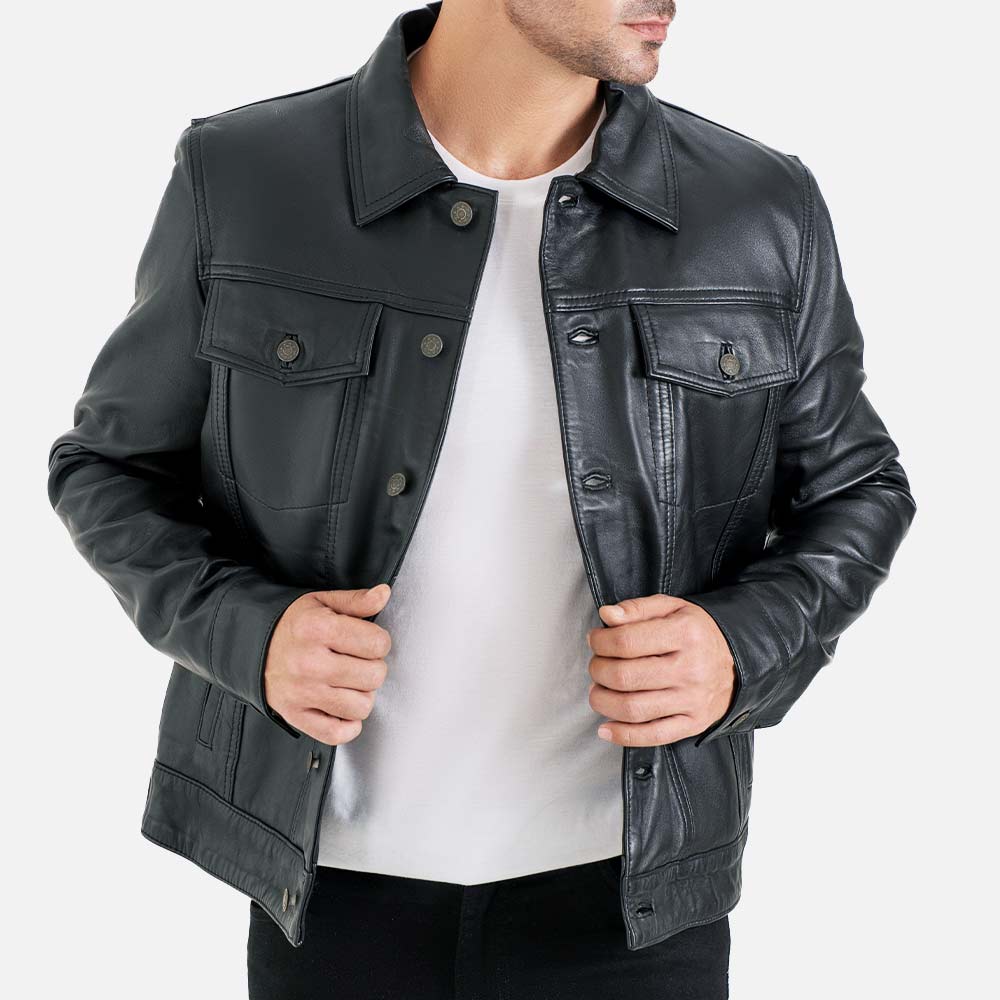
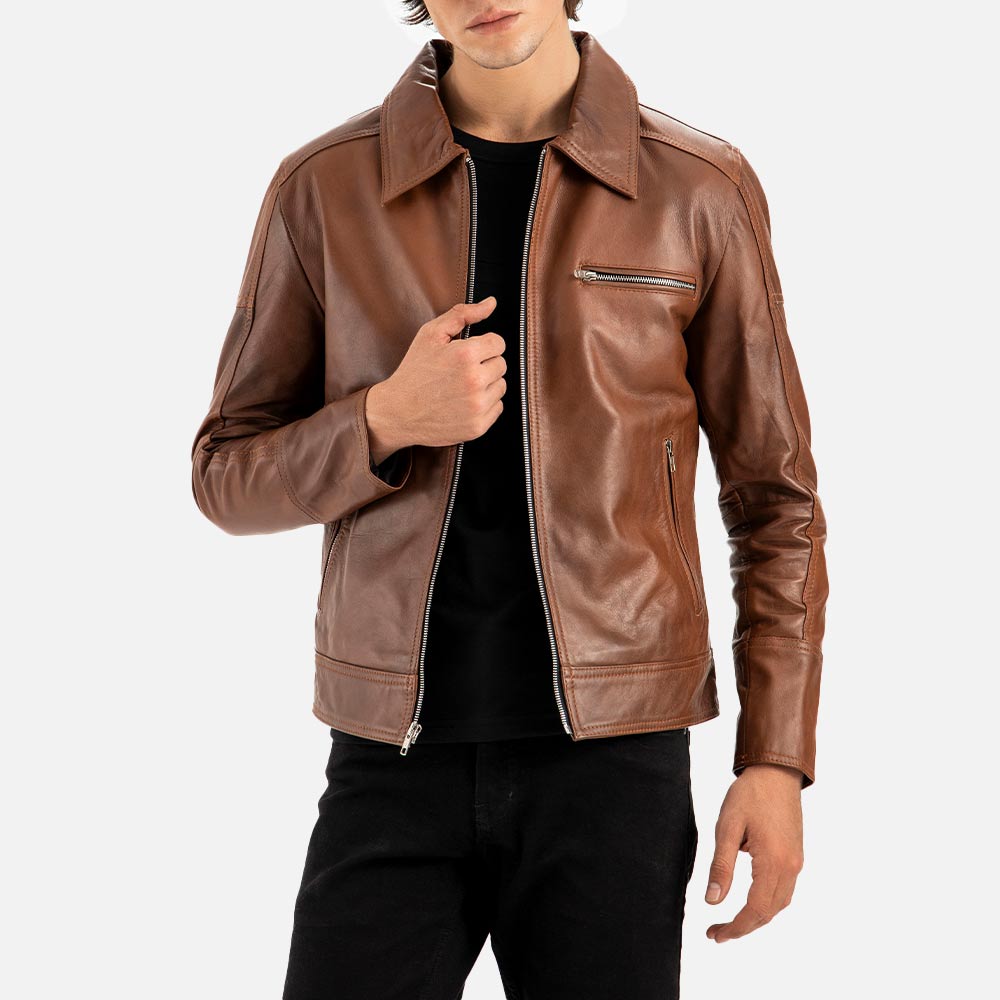

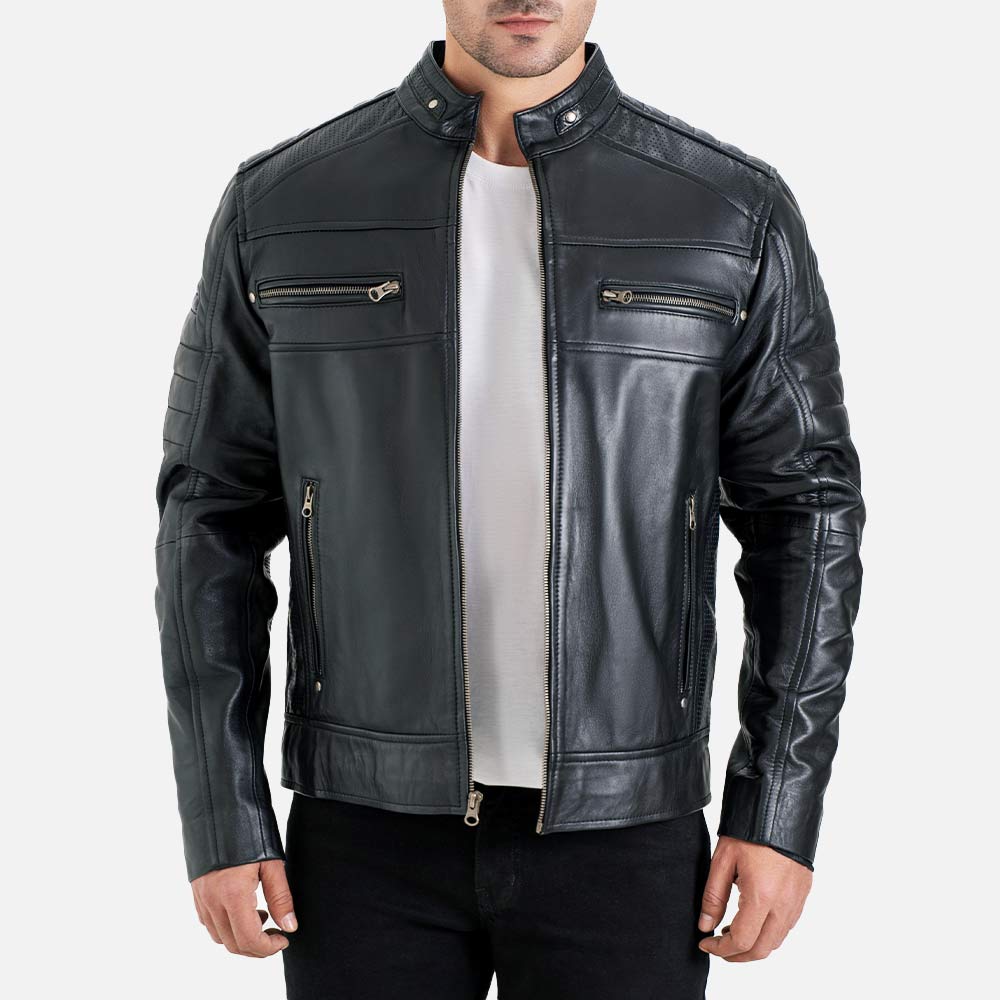
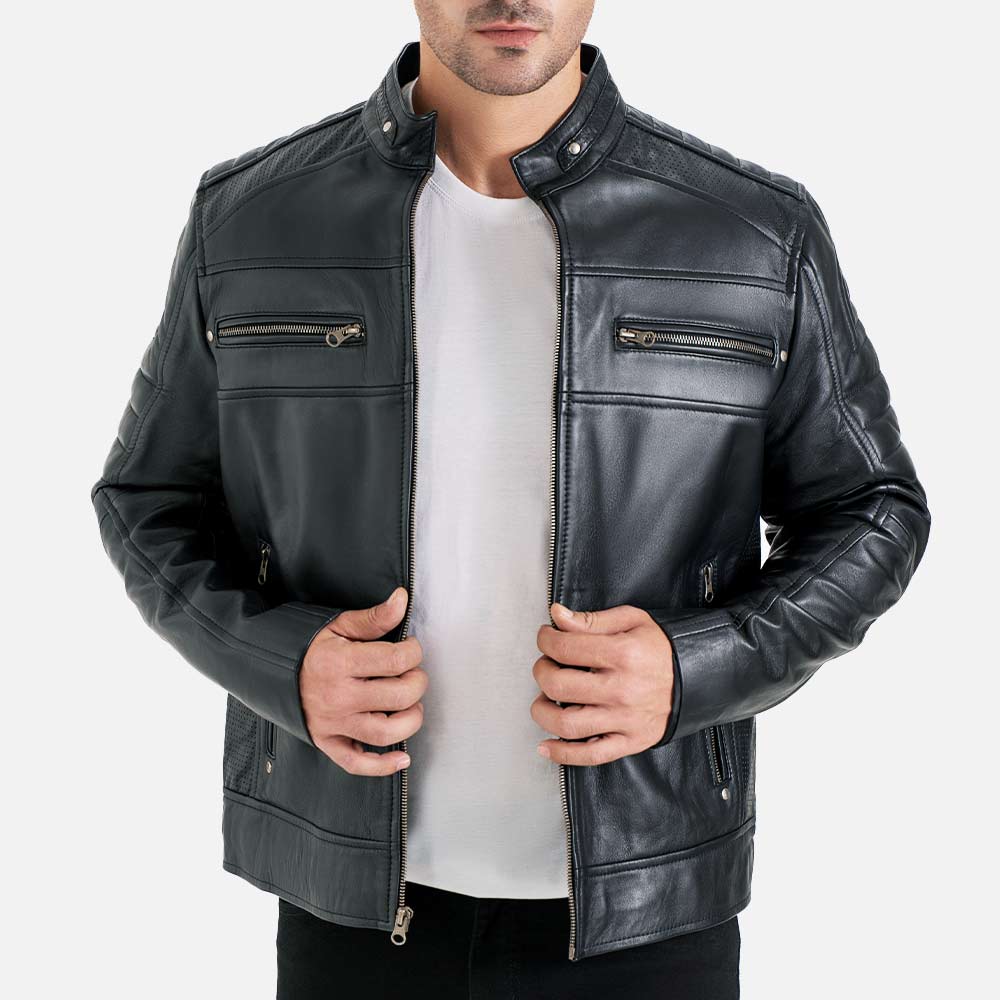
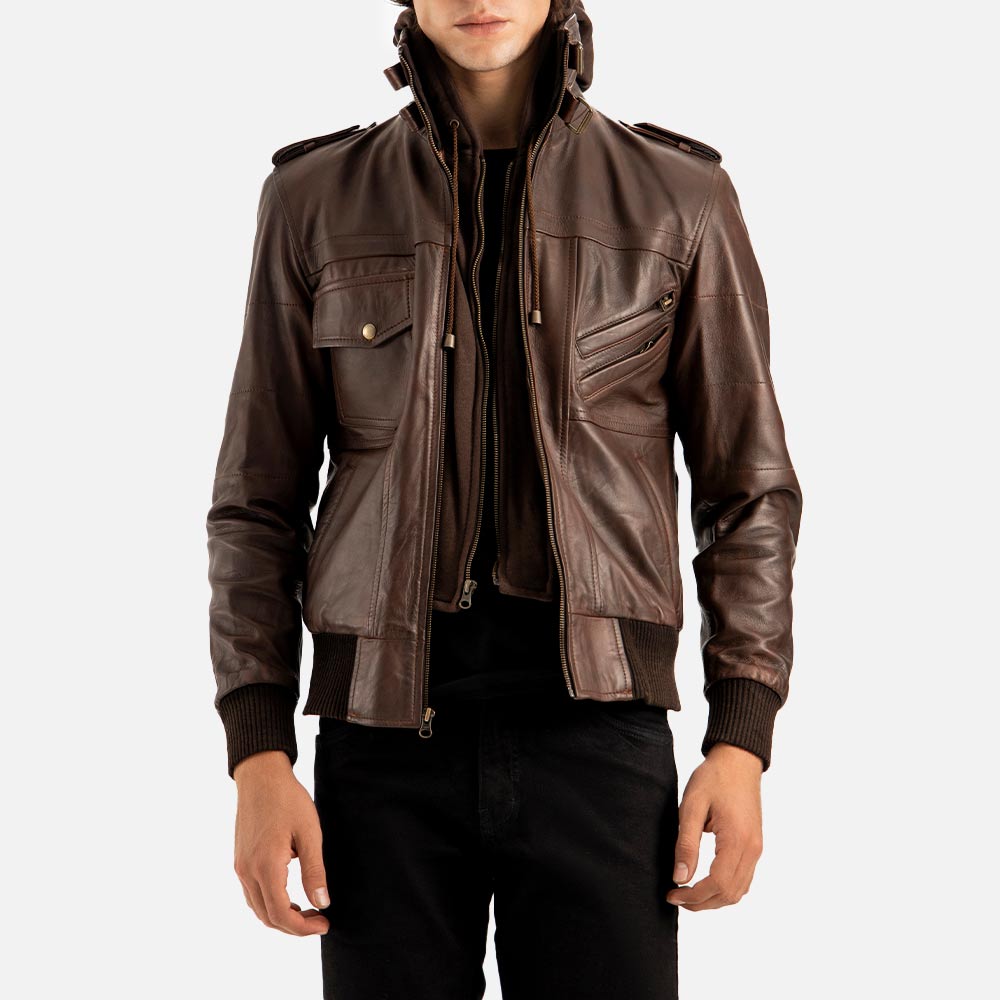
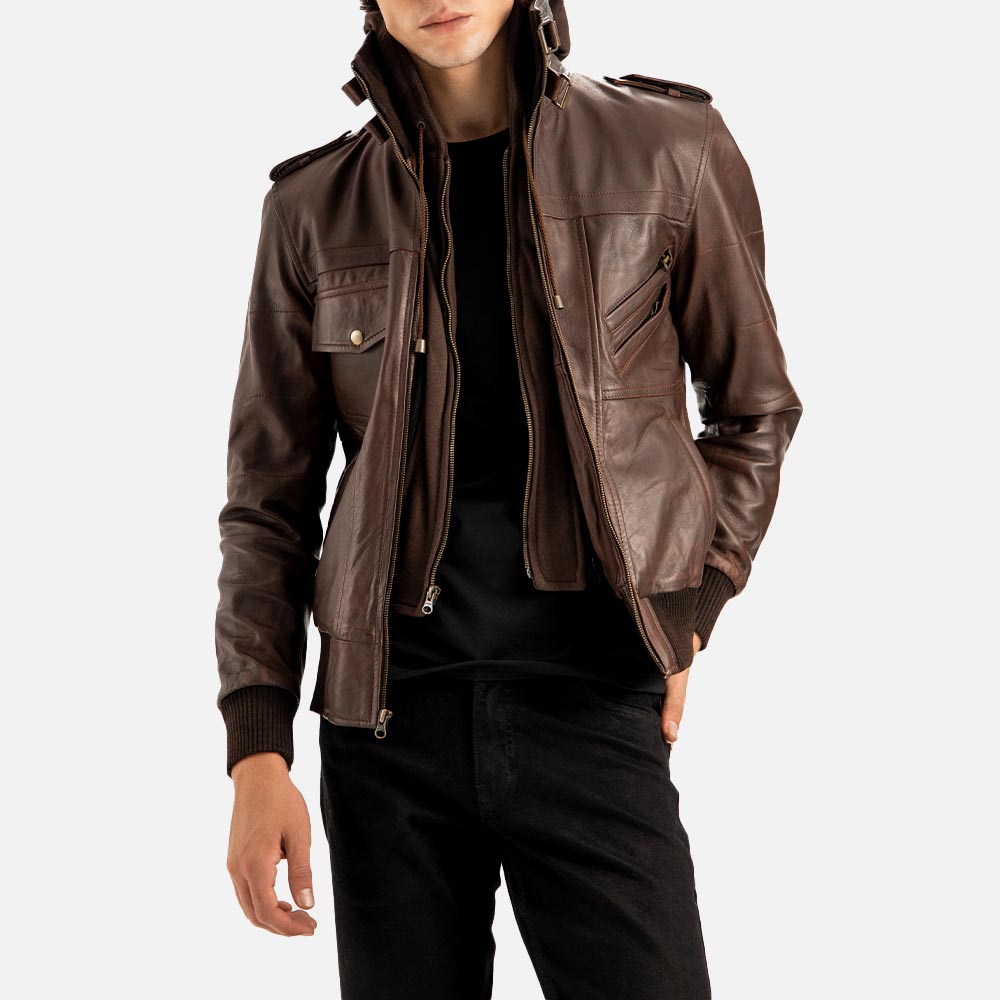
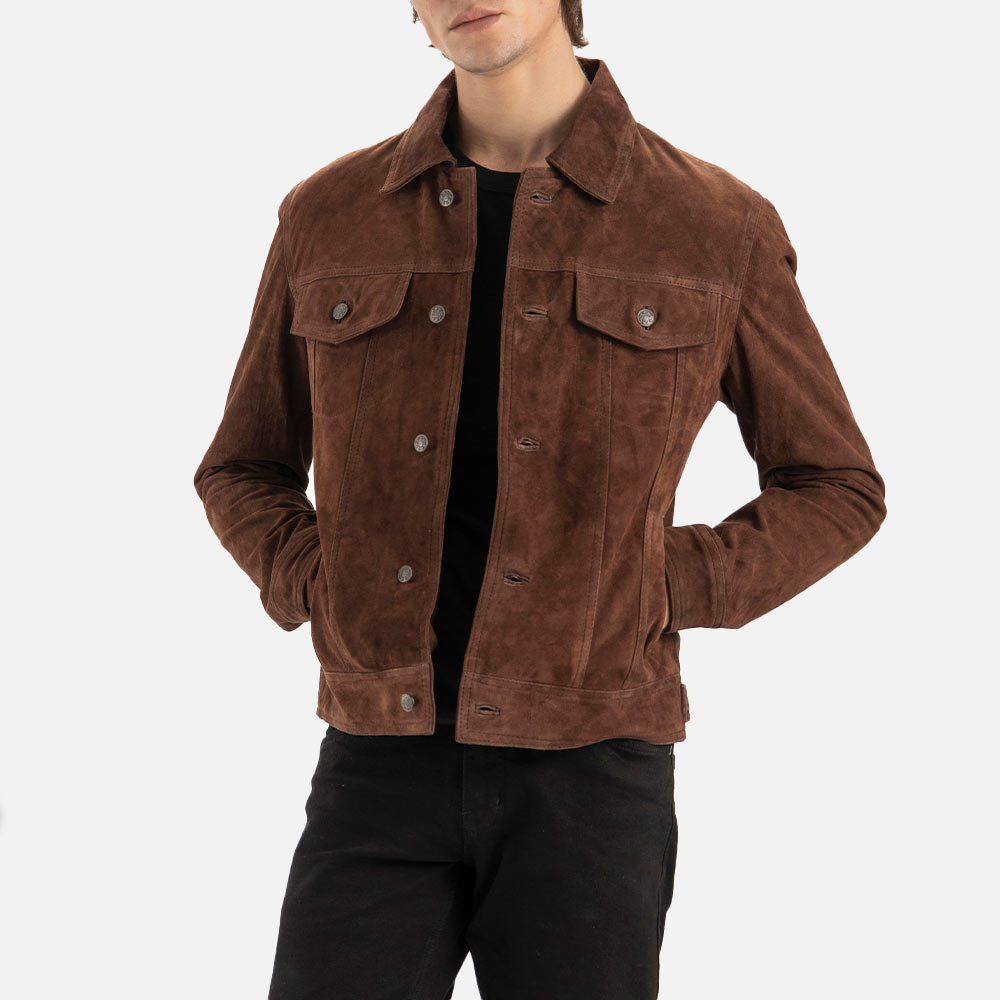
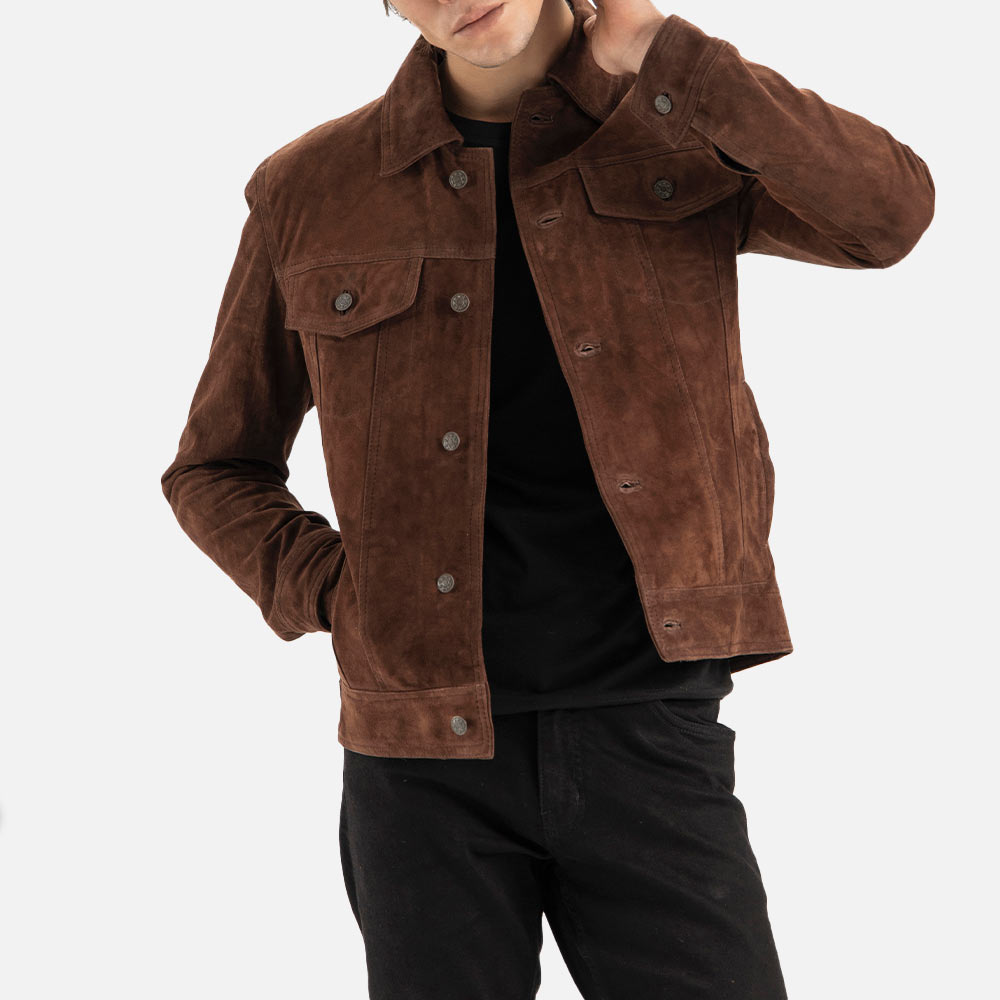
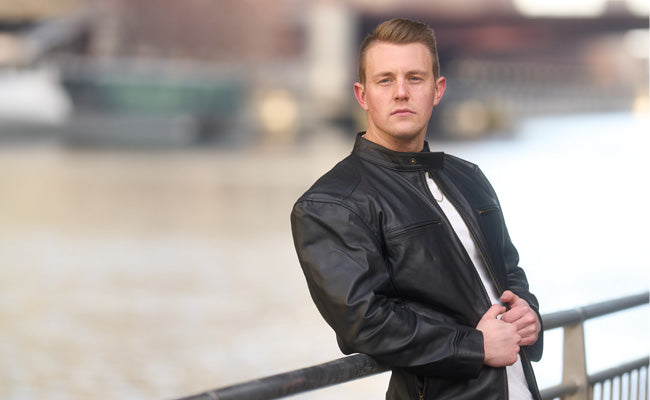
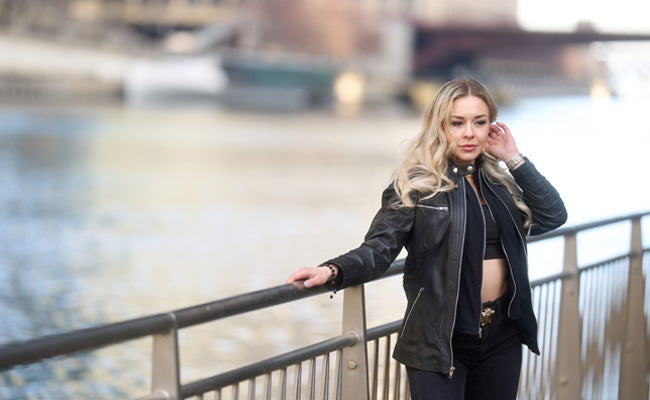
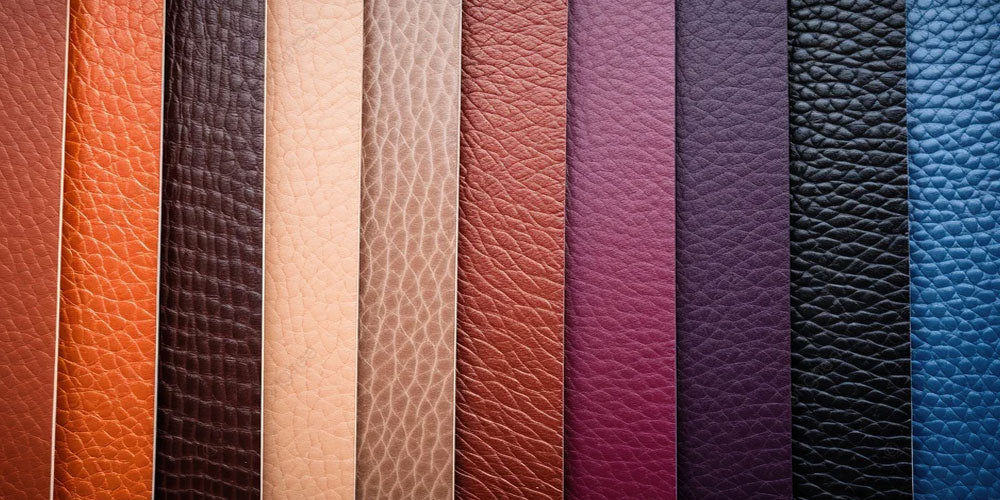
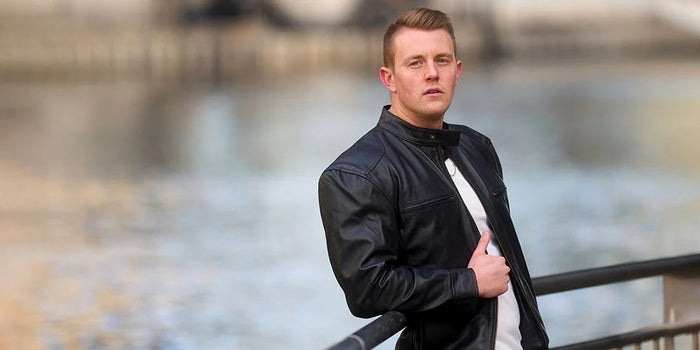
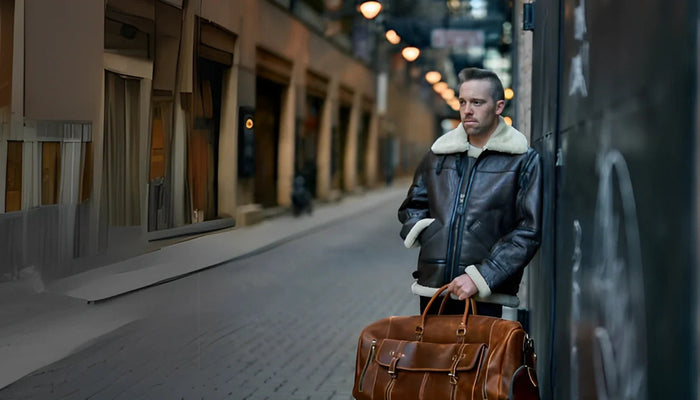
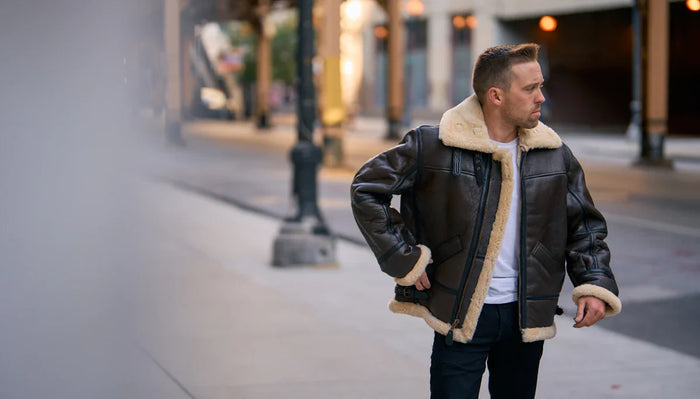
Leave a comment
This site is protected by hCaptcha and the hCaptcha Privacy Policy and Terms of Service apply.